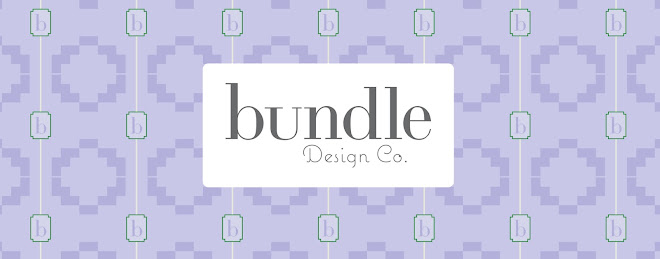

When fabricing walls, one has the option of taking a bold stance in terms of pattern (like some of our inspirations above by Steven Gambrel & Jonathan Adler respectively), but not to worry! What everyone might not realize is that when you are tired of looking at that chinoiserie you were once so fond of, it can easily be taken down, washed and returned to good-as-new fabric to be used for anything on your project list (lightweight materials such as cottons, ginghams, & chintzes work best). It is a great solution for anyone not staying in the same place for too long as it makes little or no imprint on walls and you can roll it up and move on when you're ready. Oh yea, did we mention the sound-reducing characteristics of fabriced walls?... perfect for small people with BIG voices!
For instant style with reusable possibilites follow these easy steps to try this technique in your own home:
You will need:
- Starch OR Craft Stiffener
- Fabric
- Paint roller & Pan
Get Started:
- Wash the wall to remove any dirt or ick.
- Measure the distance from the floor to the ceiling and adding a few extra inches.
Cut the fabric according to your measurements. Be sure to line up any design/seams before cutting the next panel similar to using wallpaper. - Pour starch into a pan and apply to the top half of the wall with paint roller.
- Smooth fabric into place at the top of the wall, leaving about one inch to be trimmed later. Use push pins to hold the fabric temporarily in place.
- Apply more starch going down the wall as needed until you get to the floor, leaving about an inch overlap at the baseboard.
- Apply starch to the top of the fabric, brushing and smoothing the fabric in place to remove bubbles and wrinkles. Be sure the starch penetrates the fabric evenly.
- Position the second panel to match the design along the edge. Repeat steps.
- Around windows and doors, leave a one inch overlap as with the ceiling and floor.
- Fabric overlap should be cut when the fabric is completely dry. It will then cut clean and easily and any shrinkage will have occurred before you trim.
When you are ready for a Change:
Peel one corner loose, then gently begin to peel the fabric off of the wall panel by panel. If the fabric does not peel easily, dampen the fabric with water using a wet sponge and it should come right off.
*based on instructions from rentaldecorating.com


No comments:
Post a Comment